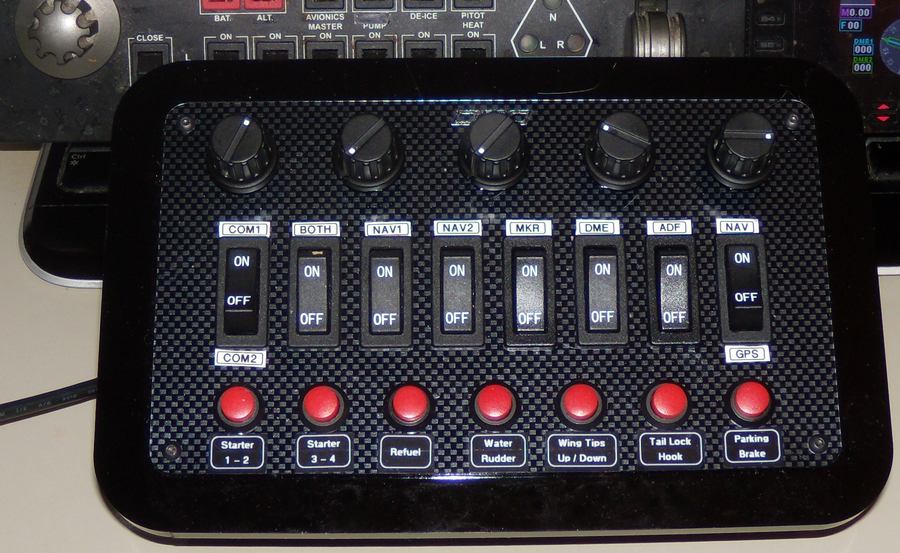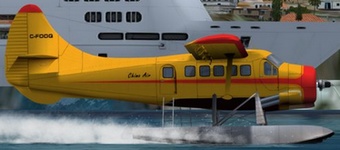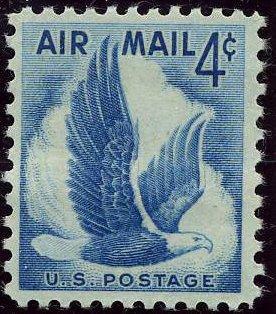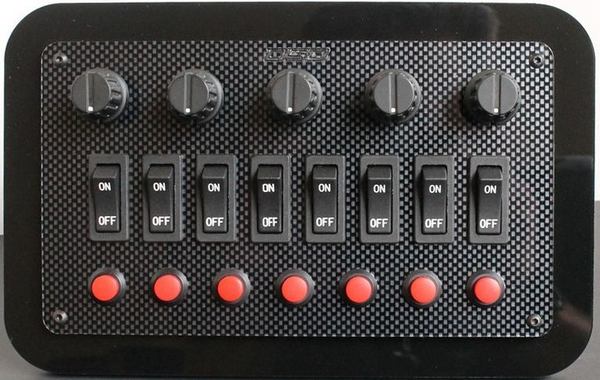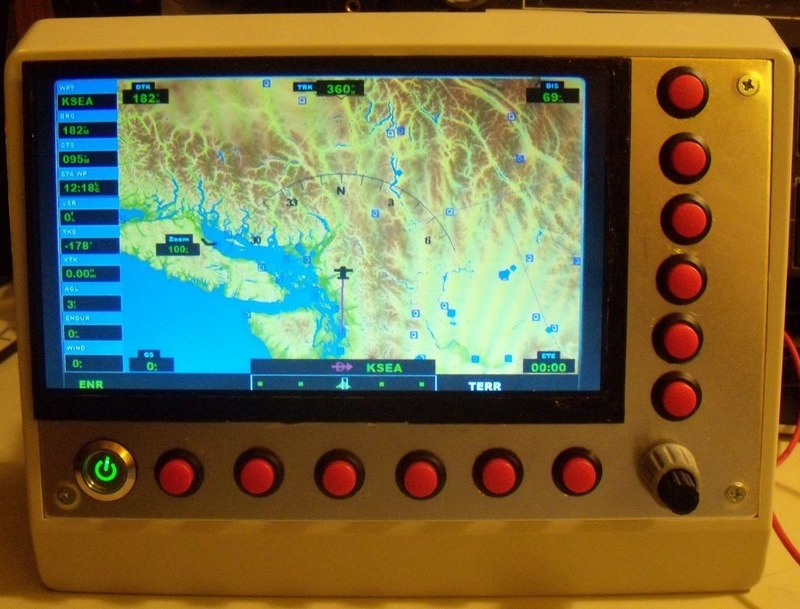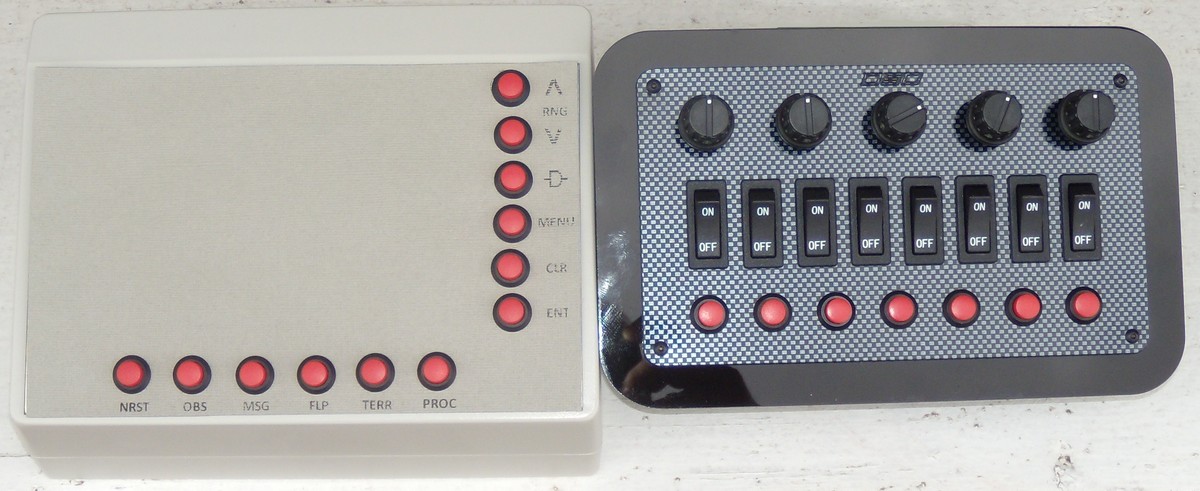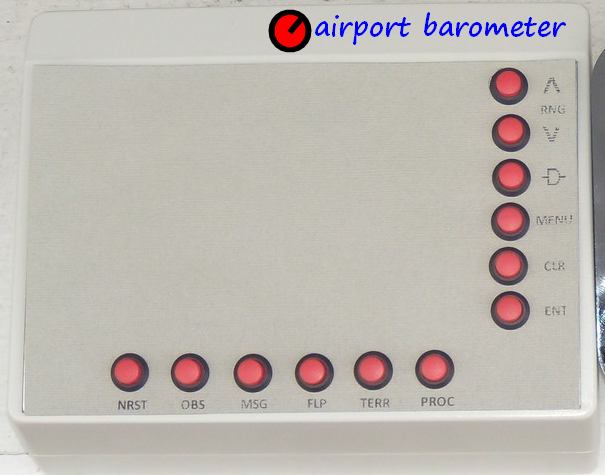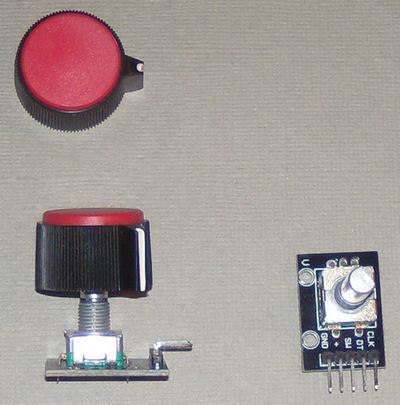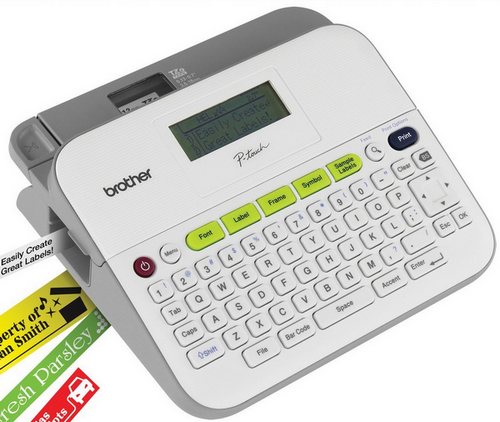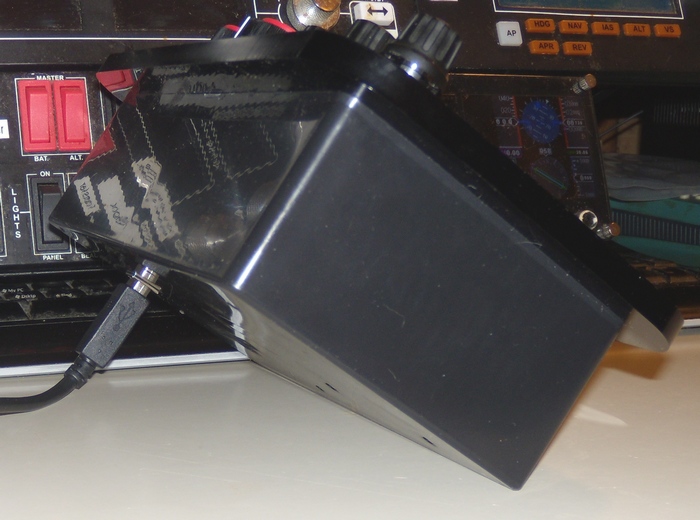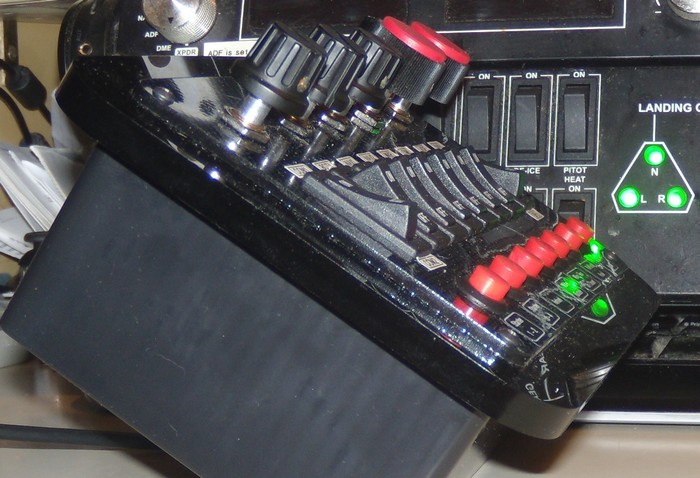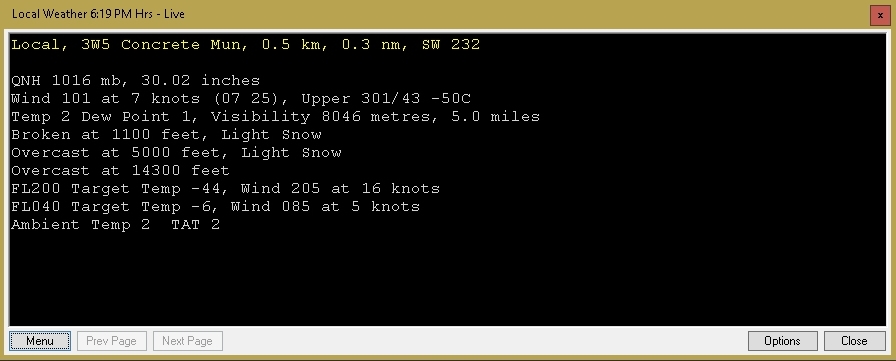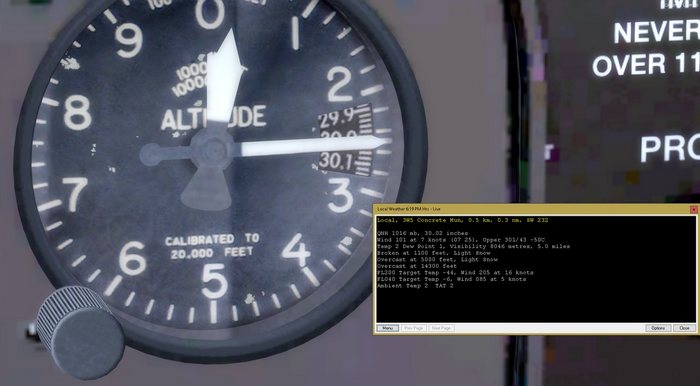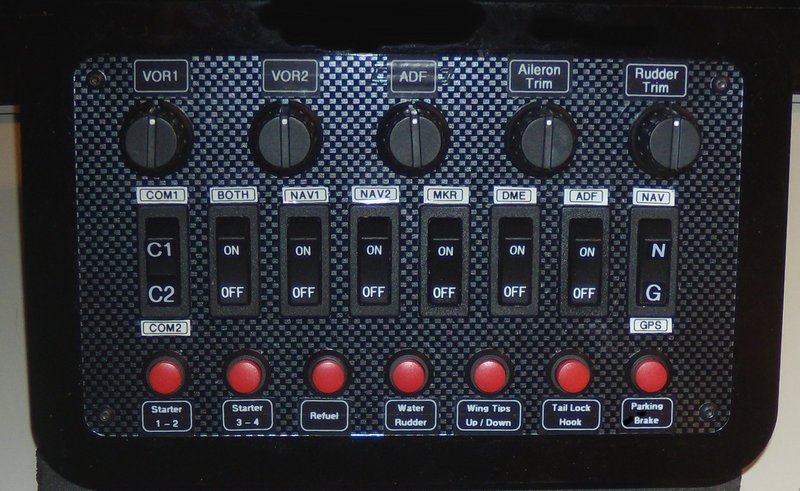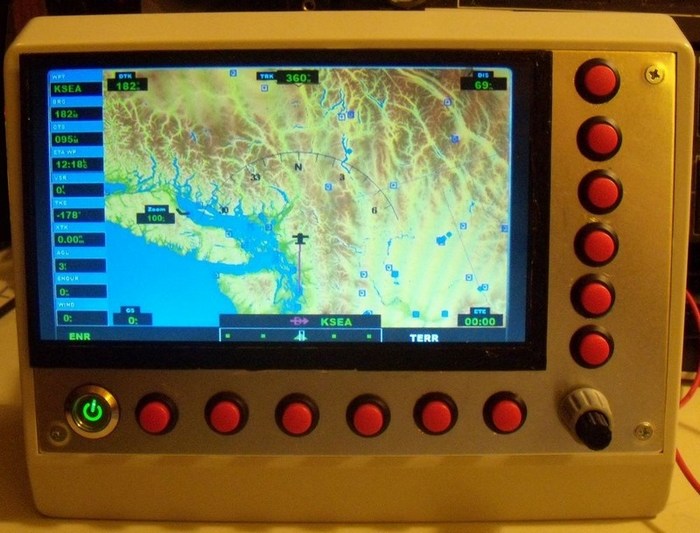But the question is - is the top row of knobs correct? Terminology correct?
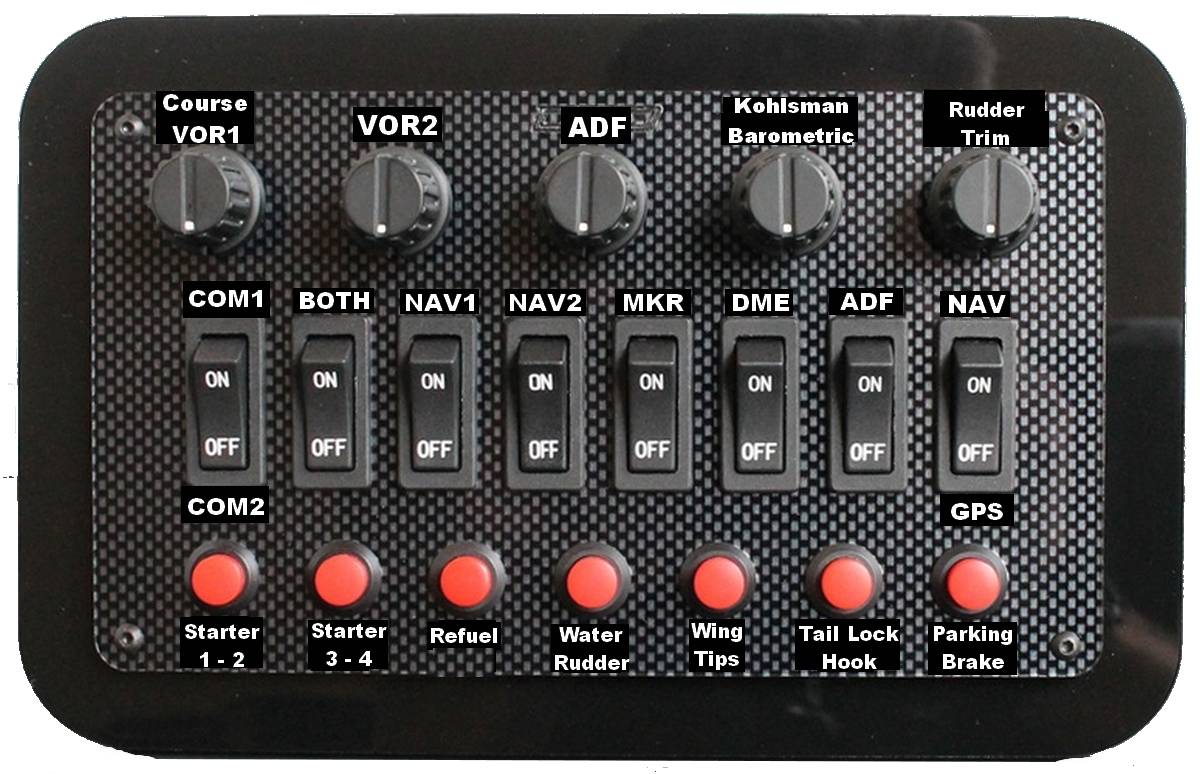
The top left three corresponds to this Cessna 172 from FSX
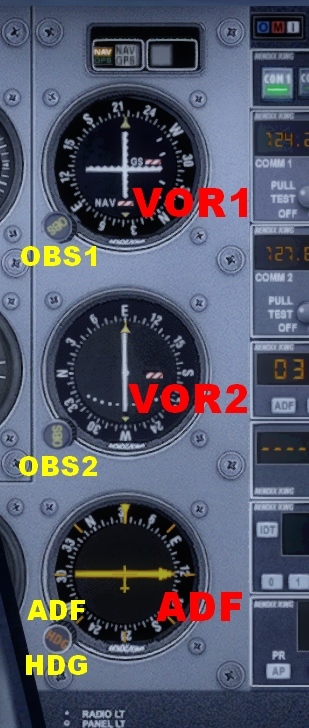
Setup
The bottom row of red buttons are commands that appeal to me, and reflect a lot of the planes that I fly.
People who like helicopters, fighters, or airliners would, of course, choose something different.
Starter 1 - 2 & Starter 2 - 3 after I turn on the Battery, Alternator, and Fuel Pump with my Saitek Switch Panel, these buttons start up each engine.
The way it works is that a short press on 1 or 3 will start that engine. A long press on 2 or 4 will start those engines. So each button starts a different engine depending on how it's pushed.
Refuel is a simple in-game command.
Water Rudder lowers or raises the rudders on amphibious aircraft.
Wing Tips - Up/Down can be used by aircraft like the Grumman Goose or a Corsair.
Tail Lock - Hook, the DC-3 needs a tail wheel lock command, and planes like the EA-6B Prowler need a hook command, and the folding wing command above, for that matter.
Parking Brake can't live without that.
Middle row switches - Radio
I have the Saitek Radio Panel, and that's great for setting things like Com1, Com2, Nav1, Nav2 etc, but I really wanted the full row of radio switches.
Top row of rotary encoder knobs
I've set them up, and they do work as intended. But I haven't made the labels yet. That's why I'm asking for help. The most I ever did in GA airplanes was to taxi them to their tiedown spot and clean them up a bit. And that's been almost 50 years ago.
At any rate, let me know if I've gotten something wrong, or if I should replace any of the encoder commands with something more important.
